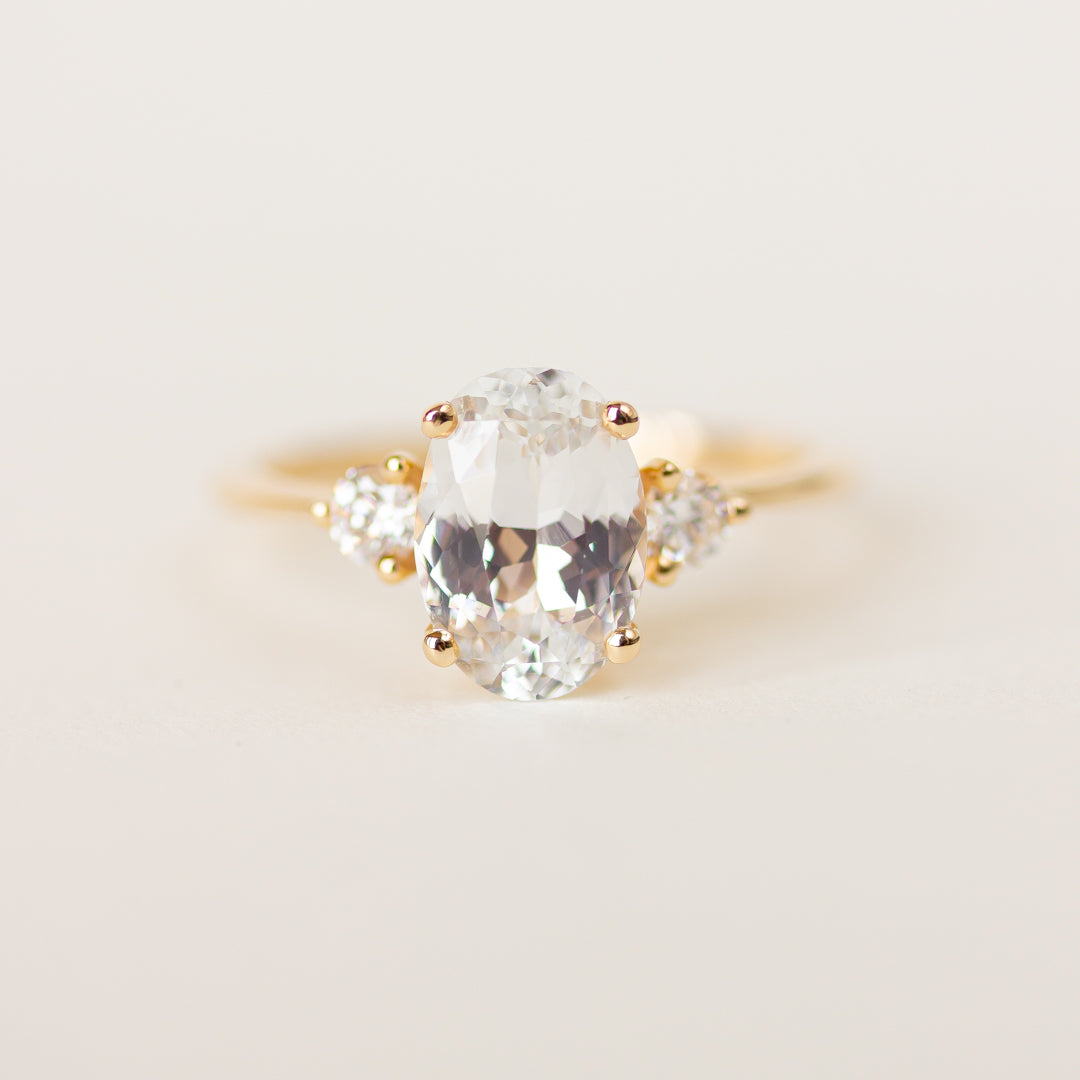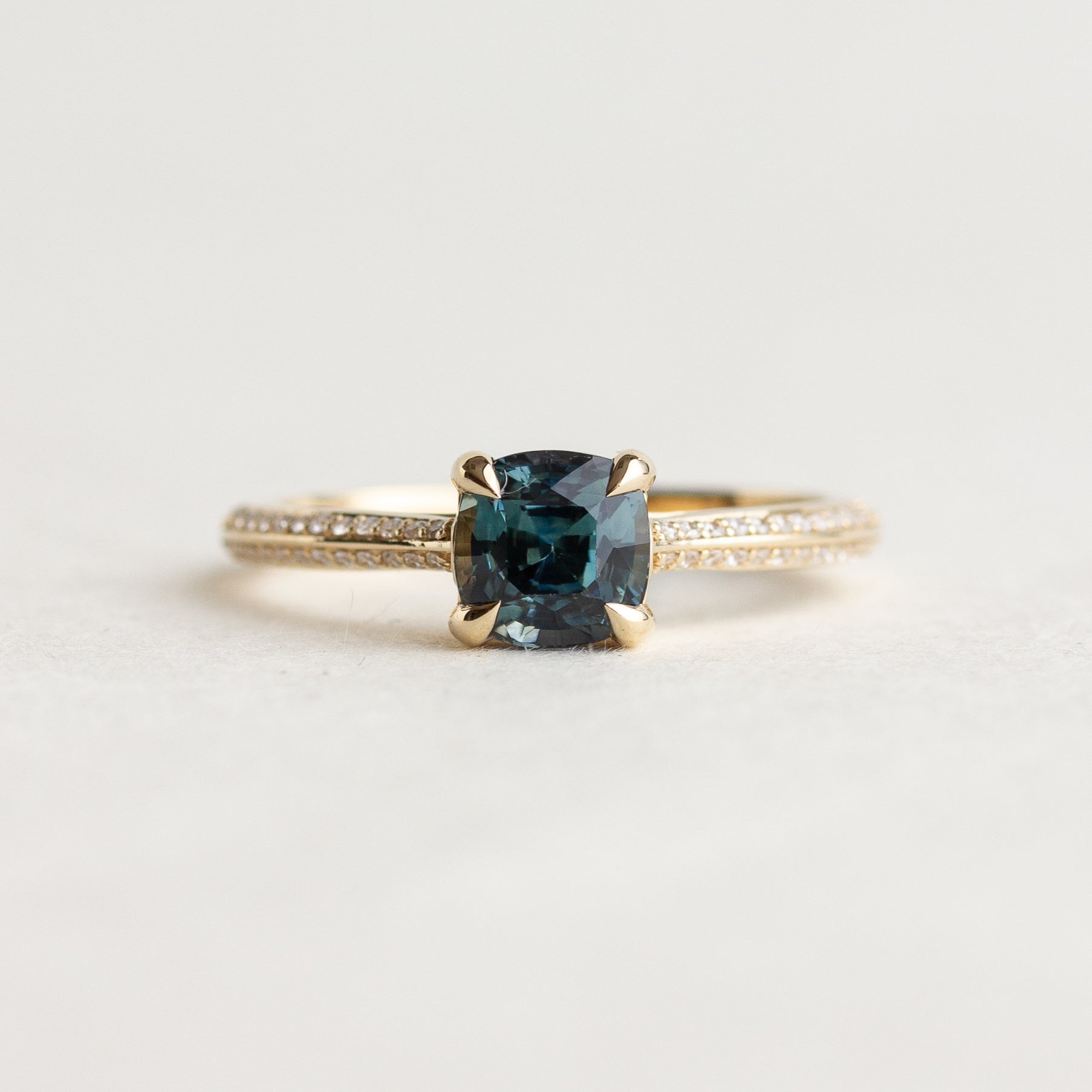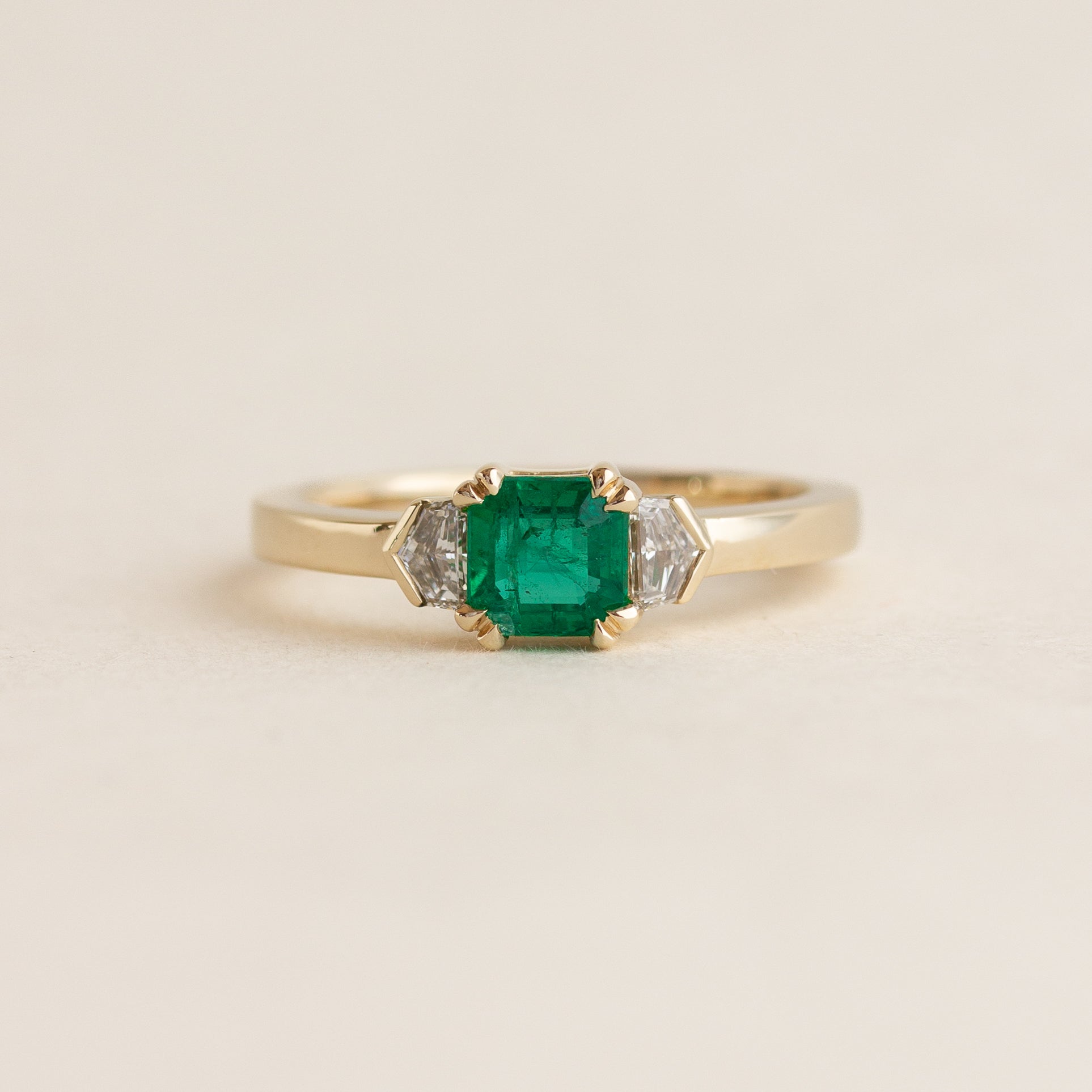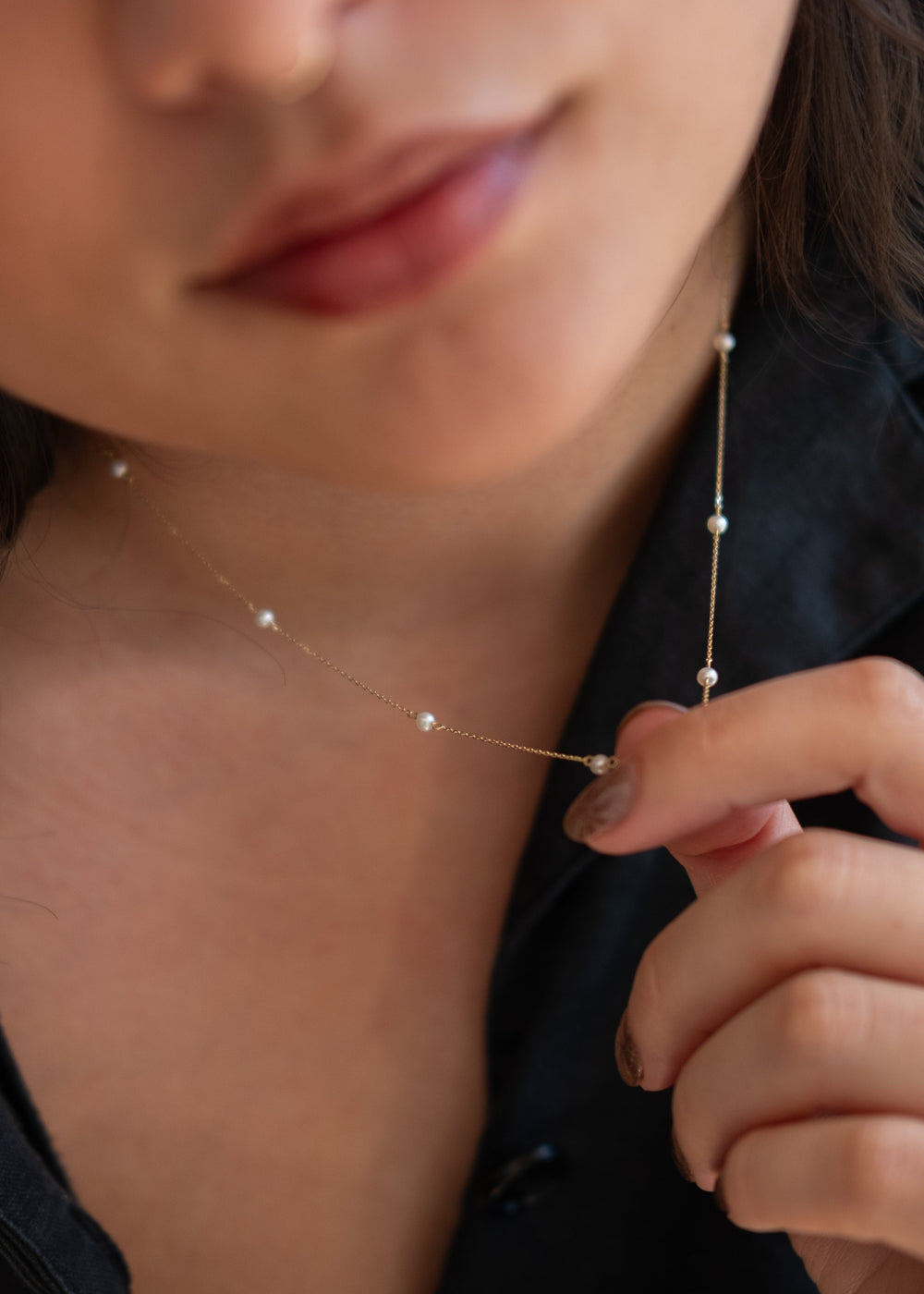The Ultimate Diamond Guide
All things you need to consider when purchasing a diamond. We break it down from cuts to clarity, to colour, carat, and budget to help you decide if this is the right stone for you!
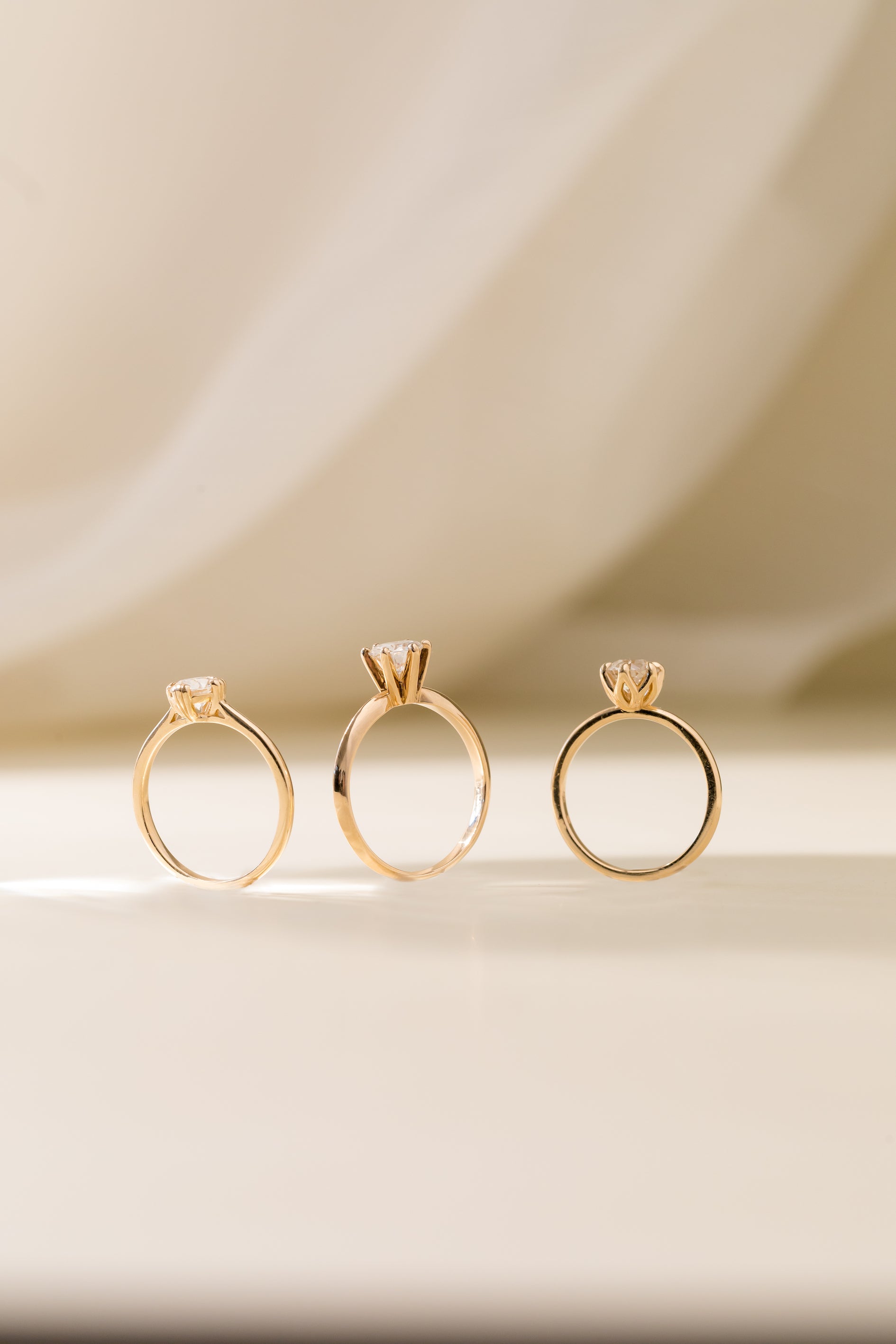
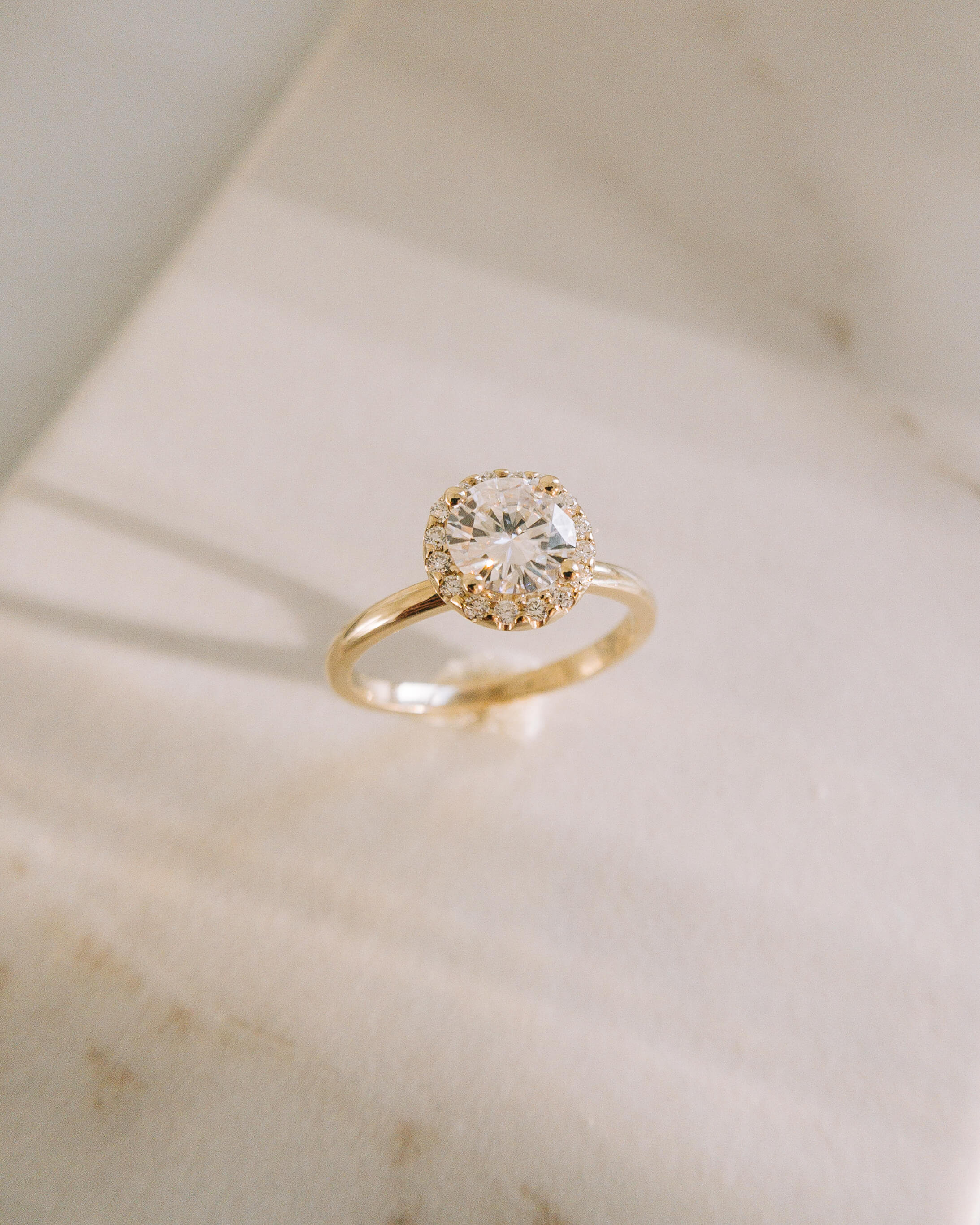
Consider the Four C's
When buying a diamond, there’s a lot to consider. This is where the 4 Cs come in handy: cut, clarity, colour, and carat. These are traits that vary from diamond to diamond, and their importance will vary from person to person. For example, imperfections in a diamond are often so undetectable that some people might elect to purchase a diamond with less clarity but a brilliant cut, as this will make the diamond sparkle more at a reasonable price.
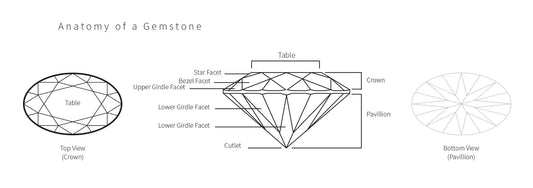
The 4C's - Cut
• The cut of a diamond is easily its most important trait. No matter how clear or colourless a diamond is, if it is cut improperly, the stone will appear dull. Don't worry—we only use the best of the best!
• If a diamond is cut properly, the light traveling into the stone will be reflected out the top of the diamond, called the “table”. If it is cut improperly, light will escape out the bottom or side of the stone, making it appear less brilliant.
• For these reasons, it's worth allocating a large portion of your budget to getting a diamond cut rated “Very Good” or better.
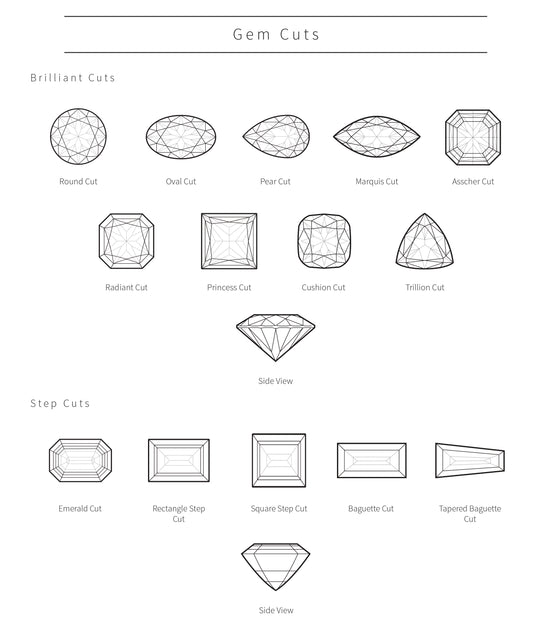
The 4C's - Clarity
Imperfections in diamonds are called “inclusions”. Diamonds with fewer inclusions are said to have better clarity.
We recommend choosing a diamond with a clarity grade of VS1 or better, which means that inclusions are invisible to the naked eye. This diamond may indeed have some inclusions, but for the most part, you won't be viewing them under a microscope in your day-to-day! This is a wise place to allow for some imperfections for the budget-conscious buyer.
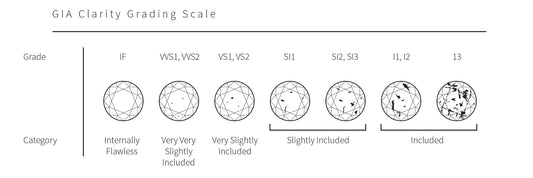
The 4C's - Color
The ideal diamond is colourless. Diamonds with poor grades take on a yellowish colour.
The grade scale is defined as the letters D through Z. D is extremely rare and perfectly colourless. We recommend that you select a diamond graded H or higher, preferably higher, to avoid this yellow colour.

The 4C's - Carat
Carat refers to a diamond’s weight, not its size. In combination with an excellent cut, a small diamond can look much bigger and shinier than larger diamonds with poor cuts.
Large diamonds are rarer, which makes them much more expensive. For this reason, it’s often smart to purchase diamonds which are slightly below the half or full carat mark—for example, .75 of a carat, or 1.4 carat.
If a larger carat is important to you, consider purchasing a diamond with more inclusions or with more colour if budget is a concern.
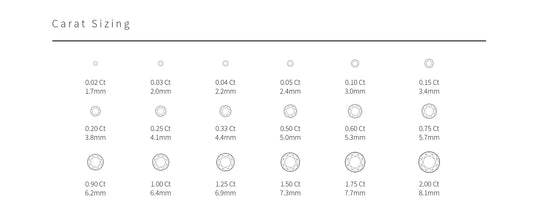
Feeling overwhelmed?
All of these factors will contribute to your perfect diamond. If you’re feeling overwhelmed, it’s a great idea to speak with us. We can advise you on what diamonds might be best for you and your budget—really, no question is too small or silly, we are here for you! Our little recipe for cost effective success: an Ideal Cut .75 carat diamond, with VS1 Clarity and G - J colour. This ensures good value for a beautiful diamond. Just remember: cut and colour first!
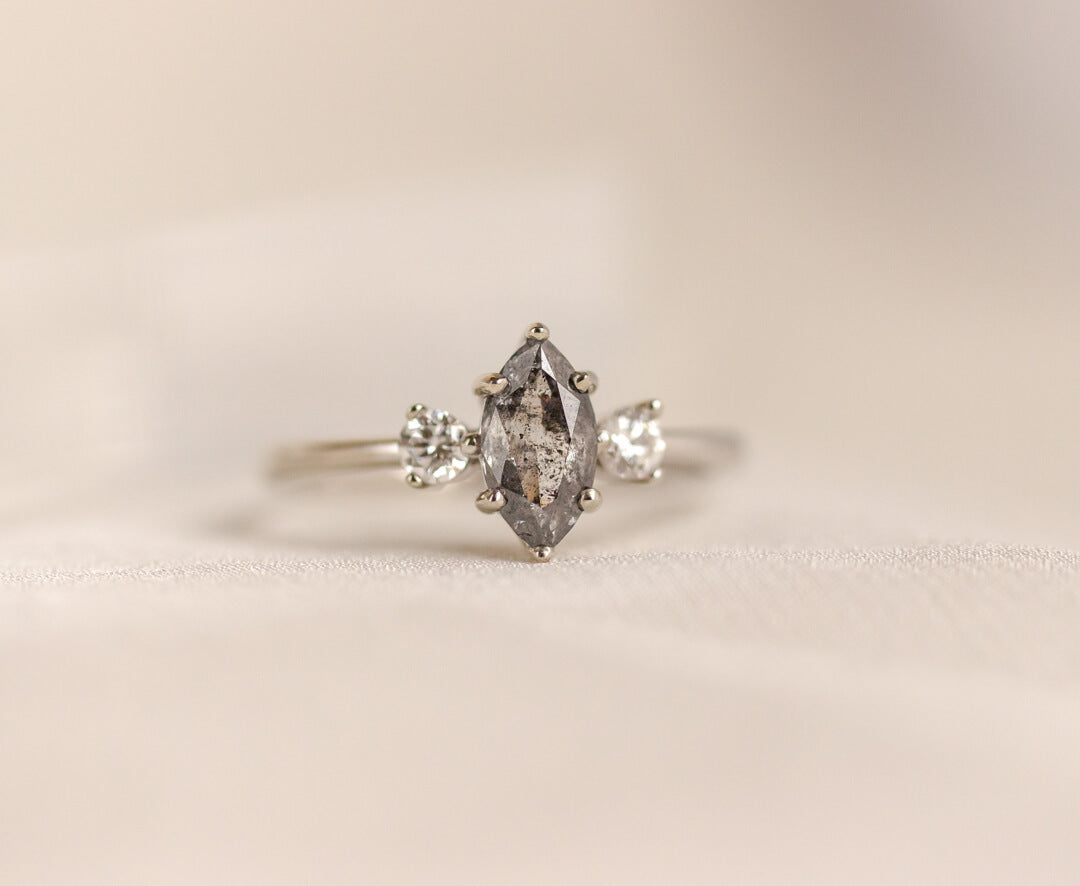
Salt and Pepper Diamonds
In recent years the popularity of salt and pepper diamonds has skyrocketed. The diamond that was once deemed not good enough is now a sought after centre stone for engagement rings.
How does a salt and pepper diamond differ from a traditional white diamond? It is simply a white diamond that has many, many inclusions. So many inclusions that it has been decidedly categorized as an entirely separate stone—a salt and pepper diamond (also known as a galaxy diamond)—rather than the white diamond with a low clarity grade that it technically is.
The inclusions come in the form of blemishes, spots, clouds, feathers, cracks, and chips. Each diamond is unique with its own set of inclusions, so no two are ever exactly alike. Salt and pepper diamonds are more affordable than conventional white diamonds, and make a great, unique option as a centre stone for an engagement ring.

Vintage or Recycled Diamonds
A recycled diamond is a diamond that has been previously mined, has since lived a life in a piece of jewellery, and has now been taken out, re-polished, and repurposed for its second (or third!) life.
For the ethically-minded, choosing a recycled diamond is among the most sustainable options, contributing to one less diamond being mined among the millions annually.
Usually less expensive than a new diamond, and still maintaining its original integrity, a recycled diamond makes an excellent choice as a centre stone for a ring.
If there is a certain shape or size of recycled diamond (or other vintage stone!) that you are interested in, please reach out and we will do our best to find a vintage diamond that is perfect for the centrepiece of your ring.
Diamond FAQs
Where do our diamonds come from?
At Evorden, we work with natural, as well as lab-grown and antique diamonds to produce our very own unique designs.
We work exclusively with Conflict Free diamonds provided by a trusted selection of local suppliers based in British Columbia.
In partnership with our suppliers, we are committed to creating pieces with a low environmental impact with the highest ethical standards available. Reach out to us if you would like us to help create a piece that reflects your sourcing preferences.
Head to our blog for more in depth discussion on diamond sourcing.
How hard are diamonds?
Diamonds are rated 10 out of 10 on the Mohs Scale of Hardness.
It is the single hardest mineral on planet earth, which is why it’s often used as drill bits in construction and mining. (It's a little funny to consider how one gemstone is both perfectly suited to drilling into solid stone as well as resting gingerly on one's ring finger!)
How do I care for diamonds?
Be sure to clean your diamond with warm water and mild soap. You can use a soft toothbrush or cloth to buff it clean. This ensures your diamond will stay shiny.
If your stone starts to wiggle in its setting, it is very important to take it to a jeweller to have it securely re-set. Otherwise, your stone could fall out of your ring! It’s best to leave the ring at home until you can take it to the jeweller.
We always recommend taking your ring off while you do the dishes, yard work, or any heavy lifting. Removing your ring during on these occasions will keep it in better shape for longer. That said, it’s important to have one safe place that you leave your ring when you take it off—don’t risk setting it down and forgetting where it is!

